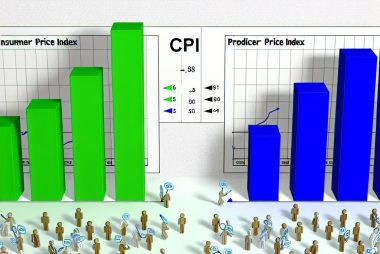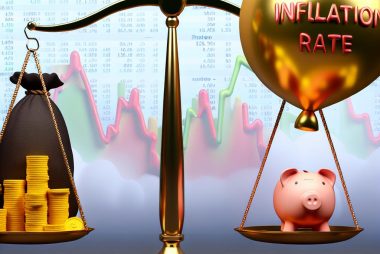Price-to-Earnings Ratio (P/E Ratio) and Its Significance
Understanding the Price-to-Earnings Ratio The Price-to-Earnings Ratio, commonly referred to as the P/E ratio, is an essential financial metric utilized by investors and analysts to evaluate the valuation of a company. It serves as a crucial tool for those aiming to determine whether a stock is appropriately priced, overvalued, or undervalued. By offering insights into




